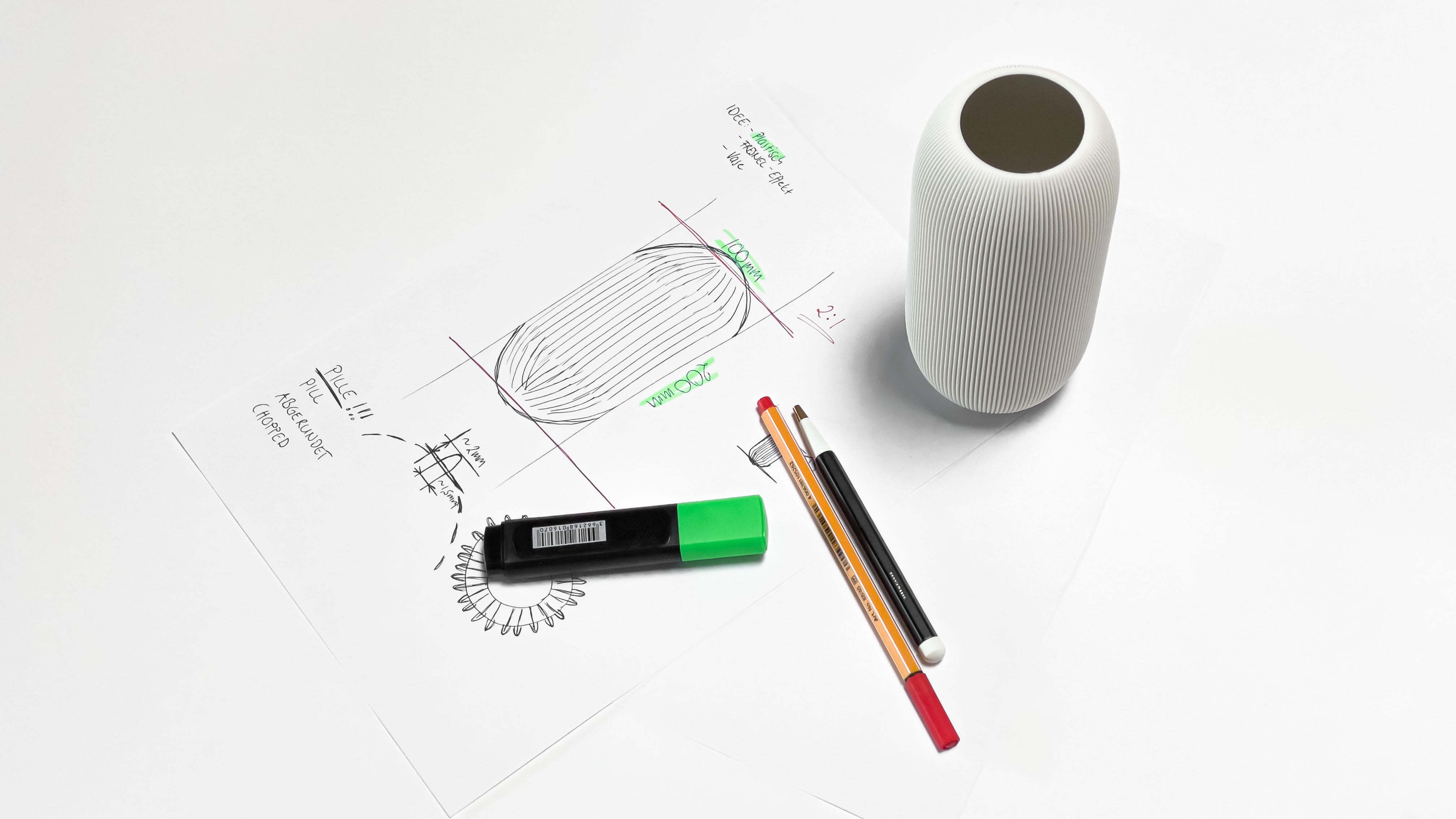What makes PLA so special?
In contrast to many other plastics used in the production of our everyday helpers, PLA does not contain any fossil raw materials. This is good for the environment in two ways: firstly, these finite resources do not have to be exhausted - so if we can still use them for their intended purpose at some point, they will be preserved for us. Secondly, all the steps from extraction and refining to transportation across half the globe are eliminated. This is a real burden!
At the end of a fossil plastic's life cycle, it is often incinerated or partially recycled. PLA can also do something here that very few other plastics can - it can be completely biodegraded. Under humidity, pressure and temperature, PLA can be 100% decomposed by microcultures.
However, we know that greenwashing is stupid. So a few honest words after all the adulation. If PLA is disposed of in regular household waste or produced with raw materials of questionable origin, then all these advantages are gone. Therefore, once a PLA product has reached the end of its life, it should be returned to the manufacturer. We know how to recycle PLA properly and see it as our duty to minimize our impact on the environment when one of our products is born or dies!
PLA - which stands for Poly-Lactic-Acid - is a polymer. Sounds very "chemical" at first, but it is something completely natural. Because the raw material for this plastic is (C6H10O5) n - better known as cornstarch. This is obtained from plants such as maize or potatoes and converted into a plastic through a polymerisation process. And it is precisely from this plastic that the 3D printed items that we sell are made of.
In contrast to many other plastics that are used in the production of our everyday helpers, PLA does not contain any fossil raw materials. This is good for the environment in two respects: First, these finite resources do not have to be exhausted - so if we can at some point still be able to use them appropriately, they will remain with us. Second, all steps from extraction to refining to transport across half the globe are eliminated. That really is a burden!
At the end of the life cycle of a fossil plastic there is often incineration or partial recycling. PLA can also do something here that very few other plastics can - it can be completely biodegraded. PLA can be 100% decomposed by microcultures under humidity, pressure and temperature.
However, we know that greenwashing is stupid. That's why a few honest words after all the adulation. If PLA is disposed of in regular household waste or is made with raw materials of questionable origin, then all these advantages are lost. Therefore: When the end of life of a PLA product is reached, then back to the manufacturer. We know how PLA is professionally recycled and see it as our duty to pollute our environment as little as possible when one of our products is born or when it dies!












Leave a comment
This site is protected by hCaptcha and the hCaptcha Privacy Policy and Terms of Service apply.